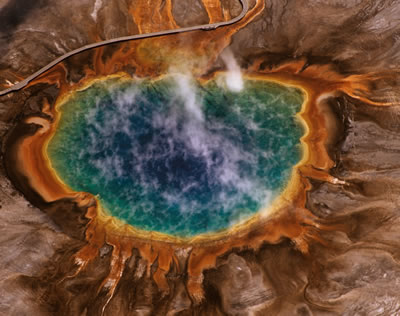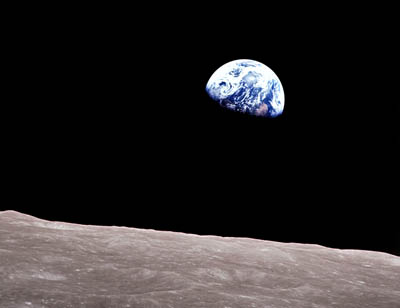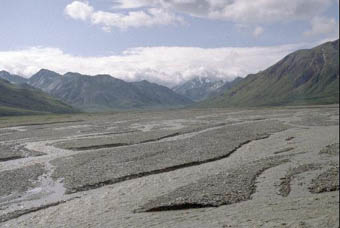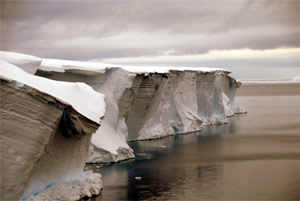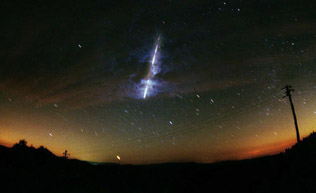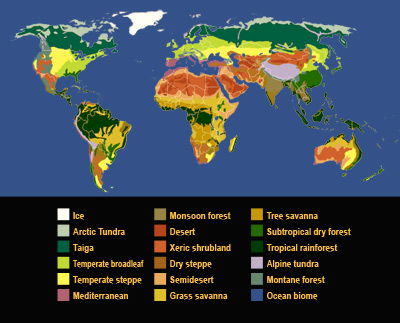Click on image for full size
Courtesy of the Earth Science Literacy Initiative
Earth Science Literacy - Big Idea 3
Earth is a complex system of interacting rock, water, air, and life.
Big Idea 3.1
The four major systems of Earth are the geosphere, hydrosphere, atmosphere, and biosphere. The geosphere includes a metallic core, solid and molten rock, soil, and sediments. The atmosphere is the envelope of gas surrounding Earth. The hydrosphere includes the ice, water vapor, and liquid water in the atmosphere, the ocean, lakes, streams, soils, and groundwater. The biosphere includes Earth’s life, which can be found in many parts of the geosphere, hydrosphere, and atmosphere. Humans are part of the biosphere, and human activities have important impacts on all four spheres.
Big Idea 3.2
All Earth processes are the result of energy flowing and mass cycling within and between Earth’s systems. This energy is derived from the sun and Earth’s interior. The flowing energy and cycling matter cause chemical and physical changes in Earth’s materials and living organisms. For example, large amounts of carbon continually cycle among systems of rock, water, air, organisms, and fossil fuels such as coal and oil.
Big Idea 3.3
Earth exchanges mass and energy with the rest of the Solar System. Earth gains and loses energy through incoming solar radiation, heat loss to space, and gravitational forces from the sun, moon, and planets. Earth gains mass from the impacts of meteoroids and comets and loses mass by the escape of gases into space.
Big Idea 3.4
Earth’s systems interact over a wide range of temporal and spatial scales. These scales range from microscopic to global in size and operate over fractions of a second to billions of years. These interactions among Earth’s systems have shaped Earth’s history and will determine Earth’s future.
Big Idea 3.5
Regions where organisms actively interact with each other and their environment are called ecosystems. Ecosystems provide the goods (food, fuel, oxygen, and nutrients) and services (climate regulation, water cycling and purification, and soil development and maintenance) necessary to sustain the biosphere. Ecosystems are considered the planet’s essential life-support units.
Big Idea 3.6
Earth’s systems are dynamic; they continually react to changing influences. Components of Earth’s systems may appear stable, change slowly over long periods of time, or change abruptly with significant consequences for living organism.
Big Idea 3.7
Changes in part of one system can cause new changes to that system or to other systems, often in surprising and complex ways. These new changes may take the form of “feedbacks” that can increase or decrease the original changes and can be unpredictable and/or irreversible. A deep knowledge of how most feedbacks work within and between Earth’s systems is still lacking.
Big Idea 3.8
Earth’s climate is an example of how complex interactions among systems can result in relatively sudden and significant changes. The geologic record shows that interactions among tectonic events, solar inputs, planetary orbits, ocean circulation, volcanic activity, glaciers, vegetation, and human activities can cause appreciable, and in some cases rapid, changes to global and regional patterns of temperature and precipitation.


